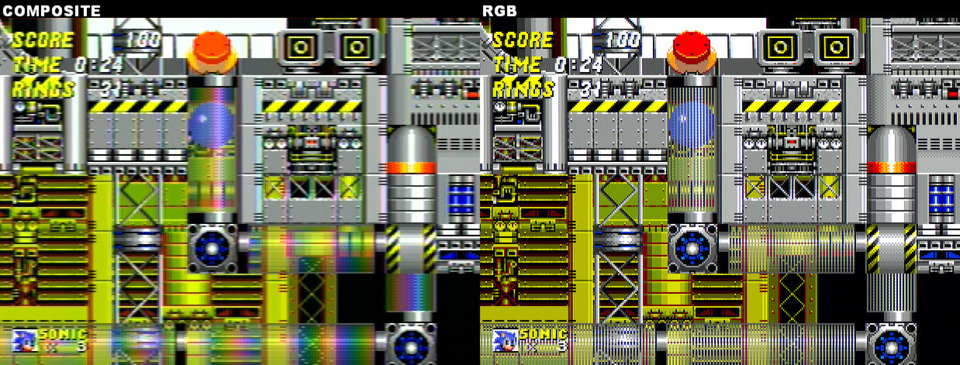2D Gaming

Dithering was most ubiquitous during the 16-bit era of 2D games, where the natural blooming effect of older CRT displays presented a workaround for the limited color palettes of the Sega Genesis and SNES. Certain ports of games could even use dithering where their original counterparts did not, as different hardware presented new limitations in color palette. The technique was also heavily employed on the NEC PC-9801, due to the PC-98's palette limitations.
Despite dithering coming to popularity in response to hardware limitations of the time, dithering still sees use in many modern 2D games, especially those which use pixel art. This is often done to evoke shading without visible color banding, or to emulate the appearance of older pixel art games in a modern setting.
3D Gaming
Dithering was commonly used in textures for early 3D games, especially on the PlayStation, as artists attempted to make visuals work in spite of limited texture space. Many PlayStation games even use full-screen dithering, a feature of the console, for further effect. As well, Sega Saturn games often used dithering for transparent objects such as fog and water.
While far less common than in 2D games, modern 3D games do still employ dithering, both in textures and on top of models to create a quick transparency effect.
Log in to comment